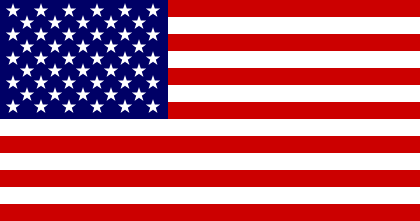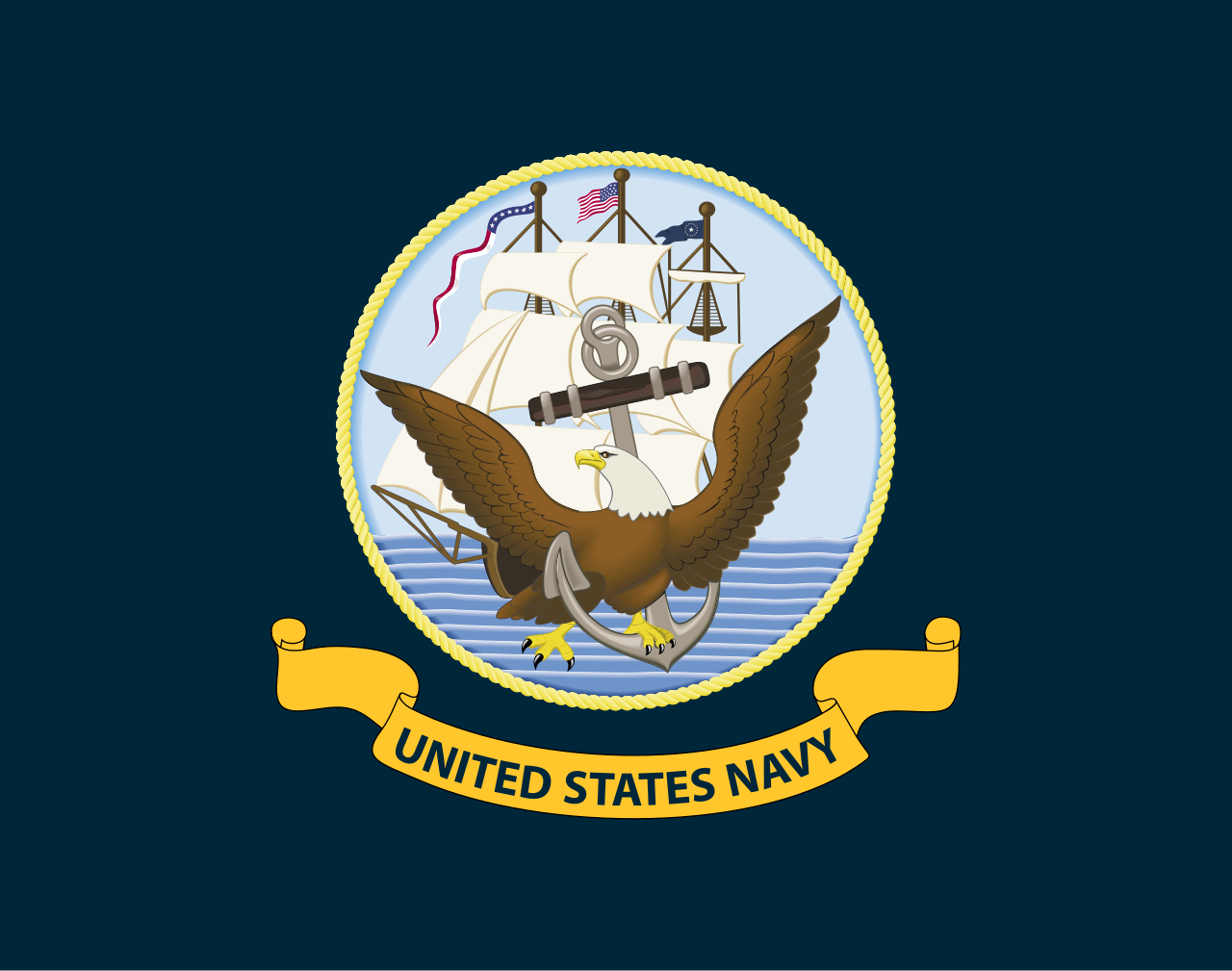- Jul 12, 2018
- 10,525

|
OPERATION TRIDENT |
SECRET |

| 

NAVY DEPLOYMENT | 
|
|
SUBMARINE FORCES PACIFIC
Vice Admiral Morgan Duran
Vice Admiral Morgan Duran
| Ship Class | Vessel | Compliment | Home Port |
| Ohio-class (SSBN) | USS Florida | 155 | Pearl Habor, Hawaii |
| Ohio-class (SSGN) | USS Georgia | 155 | Pearl Habor, Hawaii |
| Seawolf-class (SSN) | USS Jimmy Carter | 141 | Pearl Habor, Hawaii |
| Los Angeles-class (SSN) | USS Jefferson City | 110 | Pearl Habor, Hawaii |
DETAILS
Ohio-class (SSBN) - Fully Fueled; Non-perishable food/water for 6 month journey; x50 M4A1 Carbine and associated ammo and x50 M1911 and associated ammo in barracks;
Countermeasures: x96 ADC MK5 acoustic decoys;
Armaments: x20 Trident II D5 SLBM; x25 Mark 48 torpedoes.
Ohio-class (SSGN) - Fully Fueled; Non-perishable and perishable food/water for 6 month journey; x50 M4A1 Carbine and associated ammo and x50 M1911 and associated ammo in barracks;
Countermeasures: x96 ADC MK5 acoustic decoys;
Armaments: x154 TLAM-E Block IV Tomahawks in 22 groups of seven; x25 Mark 48 torpedoes.
Seawolf-class (SSN) - Fully Fueled; Non-perishable and perishable food/water for 6 month journey; x50 M4A1 Carbine and associated ammo and x50 M1911 and associated ammo in barracks;
Countermeasures: x96 ADC MK5 acoustic decoys;
Armaments: x10 TLAM-E Block IV Tomahawks; x15 UGM-84A Harpoons; x25 Mark 48 torpedoes.
Los Angeles-class (SSN) - Fully Fueled; Non-perishable and perishable food/water for 6 month journey; x50 M4A1 Carbine and associated ammo and x50 M1911 and associated ammo in barracks;
Countermeasures: x96 ADC MK5 acoustic decoys;
Armaments: x10 TLAM-E Block IV Tomahawks; x7 UGM-84A Harpoons; x20 Mark 48 torpedoes.
DETAILS
Countermeasures: x96 ADC MK5 acoustic decoys;
Armaments: x20 Trident II D5 SLBM; x25 Mark 48 torpedoes.
Ohio-class (SSGN) - Fully Fueled; Non-perishable and perishable food/water for 6 month journey; x50 M4A1 Carbine and associated ammo and x50 M1911 and associated ammo in barracks;
Countermeasures: x96 ADC MK5 acoustic decoys;
Armaments: x154 TLAM-E Block IV Tomahawks in 22 groups of seven; x25 Mark 48 torpedoes.
Seawolf-class (SSN) - Fully Fueled; Non-perishable and perishable food/water for 6 month journey; x50 M4A1 Carbine and associated ammo and x50 M1911 and associated ammo in barracks;
Countermeasures: x96 ADC MK5 acoustic decoys;
Armaments: x10 TLAM-E Block IV Tomahawks; x15 UGM-84A Harpoons; x25 Mark 48 torpedoes.
Los Angeles-class (SSN) - Fully Fueled; Non-perishable and perishable food/water for 6 month journey; x50 M4A1 Carbine and associated ammo and x50 M1911 and associated ammo in barracks;
Countermeasures: x96 ADC MK5 acoustic decoys;
Armaments: x10 TLAM-E Block IV Tomahawks; x7 UGM-84A Harpoons; x20 Mark 48 torpedoes.
SUBMARINE FORCES ATLANTIC
Vice Admiral Jack Houston
Vice Admiral Jack Houston
| Ship Class | Vessel | Compliment | Home Port |
| Virginia-class (SSN) | USS Virginia | 135 | Naval Submarine Base New London, Connecticut |
| Virginia-class (SSN) | USS Texas | 135 | Naval Submarine Base New London, Connecticut |
| Ohio-class (SSGN) | USS Ohio | 155 | Naval Submarine Base New London, Connecticut |
| Los Angeles-class (SSN) | USS San Juan | 110 | Naval Submarine Base New London, Connecticut |
DETAILS
Virginia-class (SSN) - Fully Fueled; Non-perishable and perishable food/water for 6 month journey; x50 M4A1 Carbine and associated ammo and x50 M1911 and associated ammo in barracks;
Countermeasures: x96 ADC MK5 acoustic decoys;
Armaments: x12 TLAM-E Block IV Tomahawks; x5 UGM-84A Harpoons; x20 Mark 48 torpedoes.
Ohio-class (SSGN) - Fully Fueled; Non-perishable and perishable food/water for 6 month journey; x50 M4A1 Carbine and associated ammo and x50 M1911 and associated ammo in barracks;
Countermeasures: x96 ADC MK5 acoustic decoys;
Armaments: x154 TLAM-E Block IV Tomahawks in 22 groups of seven; x25 Mark 48 torpedoes.
Los Angeles-class (SSN) - Fully Fueled; Non-perishable and perishable food/water for 6 month journey; x50 M4A1 Carbine and associated ammo and x50 M1911 and associated ammo in barracks;
Countermeasures: x96 ADC MK5 acoustic decoys;
Armaments: x10 TLAM-E Block IV Tomahawks; x7 UGM-84A Harpoons; x20 Mark 48 torpedoes.
Countermeasures: x96 ADC MK5 acoustic decoys;
Armaments: x12 TLAM-E Block IV Tomahawks; x5 UGM-84A Harpoons; x20 Mark 48 torpedoes.
Ohio-class (SSGN) - Fully Fueled; Non-perishable and perishable food/water for 6 month journey; x50 M4A1 Carbine and associated ammo and x50 M1911 and associated ammo in barracks;
Countermeasures: x96 ADC MK5 acoustic decoys;
Armaments: x154 TLAM-E Block IV Tomahawks in 22 groups of seven; x25 Mark 48 torpedoes.
Los Angeles-class (SSN) - Fully Fueled; Non-perishable and perishable food/water for 6 month journey; x50 M4A1 Carbine and associated ammo and x50 M1911 and associated ammo in barracks;
Countermeasures: x96 ADC MK5 acoustic decoys;
Armaments: x10 TLAM-E Block IV Tomahawks; x7 UGM-84A Harpoons; x20 Mark 48 torpedoes.
|

| 
DEPLOYMENT ORDERS | 
|
|
CONTEXT
Preliminary discussions between the Secretary of The Navy and President Sinclair resulted in the Navy prioritizing regular global patrols. Operation Trident was chosen to be an experimental global deployment of a variety of American submarines on training-focused missions to far-away places in the high seas. Preparations were made to deploy the submarines and their crews for up to six months. The crews of the submarines except for the captain and the executive officer of each vessel were in the dark as to where they would be going and what their mission would be, however the officers aboard each ship would eventually get more details once they were underway. The preparation of the deployment of the submarines were guarded with the utmost secrecy according to the best traditions of the Navy.
Last edited:



